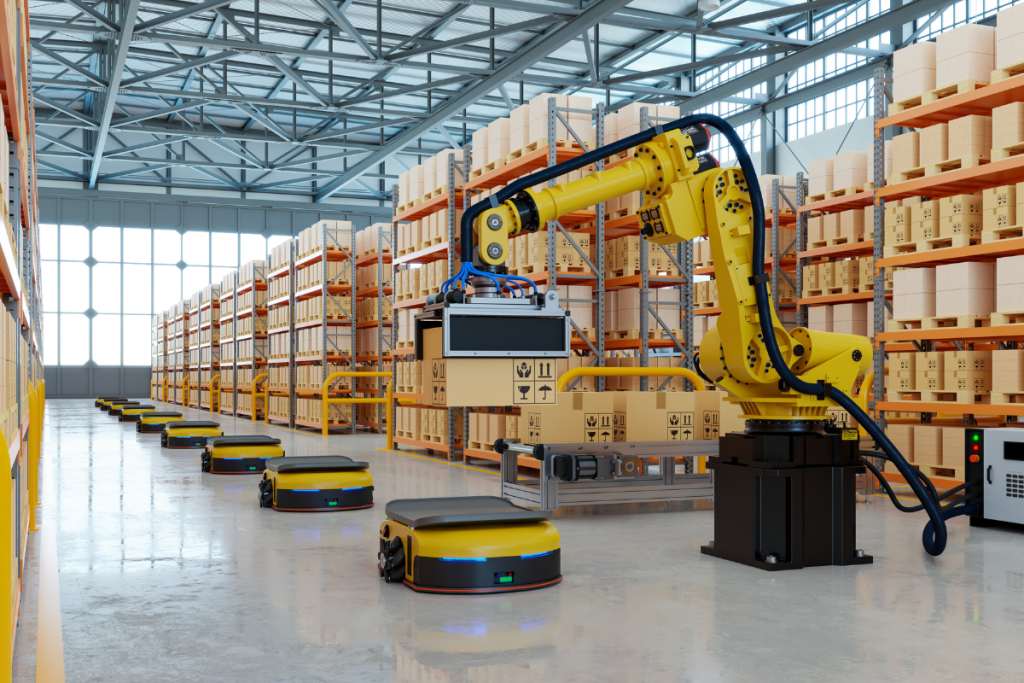For decades, urban fulfillment hubs operated as static nodes within sprawling distribution networks, relying on fixed routing and replenishment plans. But recent urban congestion challenges, from climate protests to regulatory restrictions, have forced logistics leaders to rethink these hubs as dynamic, AI-powered ecosystems, actively adjusting load flows and inventory placements in real time.
Dynamic Load Reallocation
Urban fulfillment hubs are now harnessing AI to integrate live data feeds, including last-mile delivery performance, local demand surges, and micro-fulfillment center (MFC) capacity updates.
For example, Amazon has deployed agentic AI in its fulfillment and delivery systems, using dynamic mapping and robotics to adapt inventory placement and load flows across its network of urban micro-fulfillment centers. This system proved crucial during severe weather events in 2024, when Amazon’s flexible reallocation of goods helped protect e-commerce sales and maintain delivery commitments.
For grocery players like Instacart, AI-powered load balancing has transformed how they respond to rolling demand peaks in urban markets. By analyzing real-time purchase patterns and driver availability, Instacart’s AI engine can rebalance order flows across local MFCs—sometimes shifting from store-based fulfillment to dedicated micro-warehouses in the same city block. This dynamic orchestration ensures that customer satisfaction remains high even when streets are gridlocked.
The New Load-Balancing Playbook
Urban Stress Testing: Logistics leaders must move beyond static load plans and continuously stress-test urban fulfillment strategies with live data. This requires collaborating with AI specialists to simulate rolling disruptions, such as road closures or delivery vehicle bans, to uncover hidden choke points and test dynamic reallocation scenarios.
Collaborative Data Ecosystems: Rather than viewing load balancing as an isolated tool, logistics leaders should forge data-sharing alliances with key partners—like last-mile platforms and municipal agencies. Establishing shared data definitions, real-time update protocols, and data ownership agreements ensures AI models are fed with high-quality, cross-functional intelligence.
Commercial Impact Integration: Load balancing decisions shouldn’t be driven solely by operational data. AI-powered load flows should link to financial and customer impact models—tracking not just delivery times but also revenue preservation and customer churn risks. This integration ensures load reallocation is driven by bottom-line priorities, not just logistics KPIs.
Supplier Collaboration Signals: Logistics leaders often overlook the potential of incorporating supplier and MFC performance data into real-time load balancing. Monitoring signals like local stockouts or throughput bottlenecks allows companies to preemptively reroute flows, transforming load balancing from reactive to proactive crisis management.
Behavioral Analytics for Urban Agility: Companies should harness behavioral analytics to understand how warehouse and delivery teams react under load-balancing pressure. Tracking error rates and decision delays in past urban disruptions can highlight training needs or biases—ensuring teams are crisis-ready when AI systems suggest rapid changes.
Balancing Automation with Human Oversight
While AI-driven load balancing brings undeniable speed and precision, it also raises the risk of over-automation and blind spots in judgment. Real-world crises often present edge cases that algorithms alone can’t anticipate, like abrupt community pushback or policy changes that cut through purely data-driven optimizations. As companies lean on AI to keep urban fulfillment humming, they should also invest in equipping human teams with the critical thinking and authority to challenge automated decisions when nuance and local context demand it.



